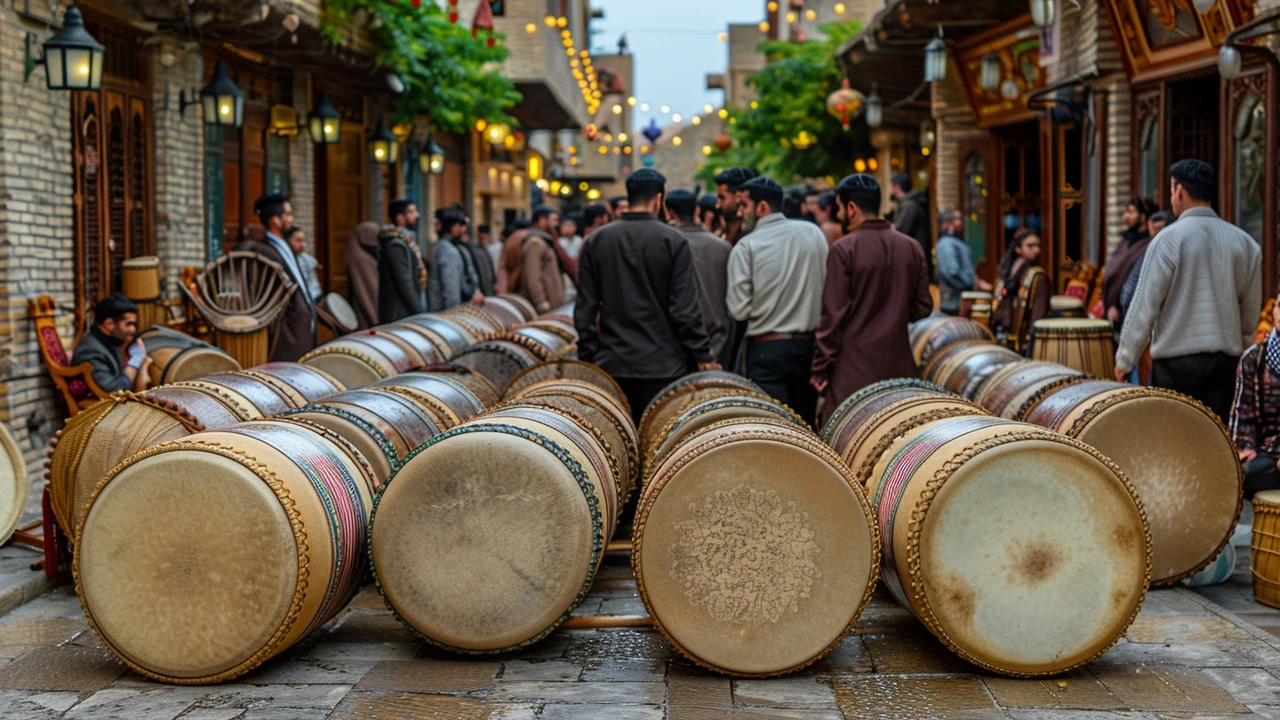Iran Kurds: fast facts, recent trends, and how to follow reliable news
Want straight-to-the-point updates on Iran Kurds? This tag collects reporting, background, and practical tips so you can follow developments without wading through noise. Iran’s Kurdish region — often called Rojhelat or Iranian Kurdistan — sees a mix of politics, culture, and security stories. You’ll read about protests, local politics, human rights questions, and cross-border dynamics that matter for people on the ground.
Kurdish communities in Iran live mainly in West Azerbaijan, Kurdistan, Kermanshah, and Ilam provinces. Daily life and political issues there can shift quickly: cultural rights, arrests, local elections, and clashes between armed groups and security forces all show up in the news. Groups such as the KDPI and PJAK have appeared in headlines over time; local civil society and journalists also drive much of the reporting.
What to watch right now
Look for a few recurring storylines. First, protests and demonstrations — often sparked by arrests, social restrictions, or economic grievances — can spread fast and prompt heavy security responses. Second, judicial actions and trials: reporting about detentions, sentences, and legal rights tells you about the state’s approach to dissent. Third, cross-border dynamics: events in Iraqi Kurdistan or Turkey sometimes affect communities and armed groups across the border. Fourth, cultural rights and language issues — schools, media, and public use of Kurdish — frequently surface in local reporting.
Want concrete signals of change? Watch for larger protests that draw national attention, any shifts in Tehran’s approach to Kurdish demands, sudden spikes in arrests, or international statements from rights groups and foreign governments. Those tend to indicate a broader shift rather than isolated incidents.
How to follow and verify reports
Confused by conflicting headlines? Here are practical checks you can do fast. First, cross-check at least two trusted sources — international wire services (Reuters, AP, AFP), established regional outlets, and reputable human rights groups. Second, check local-language coverage and eyewitness posts but treat single social posts cautiously until verified. Third, look for photos or videos with clear timestamps, location markers, or multiple angles — verified imagery is stronger than a single clip. Fourth, watch official statements from local councils or Tehran for the government perspective, then compare with independent reporting.
If you want alerts, follow reliable journalists and local organizations on X and Telegram, but mute obvious propaganda channels. NGOs like Human Rights Watch and Amnesty often add legal and rights context that helps you understand what’s happening beyond day-to-day headlines.
On this tag page we curate news, explain context, and link to verified updates so you can track developments over time. If a story looks urgent or confusing, check the timestamp, source, and whether multiple outlets report the same facts. That simple habit cuts through most misinformation.
Questions or tips about coverage? Send feedback — we aim to keep reporting practical, accurate, and relevant for readers tracking Iran Kurds from anywhere.
